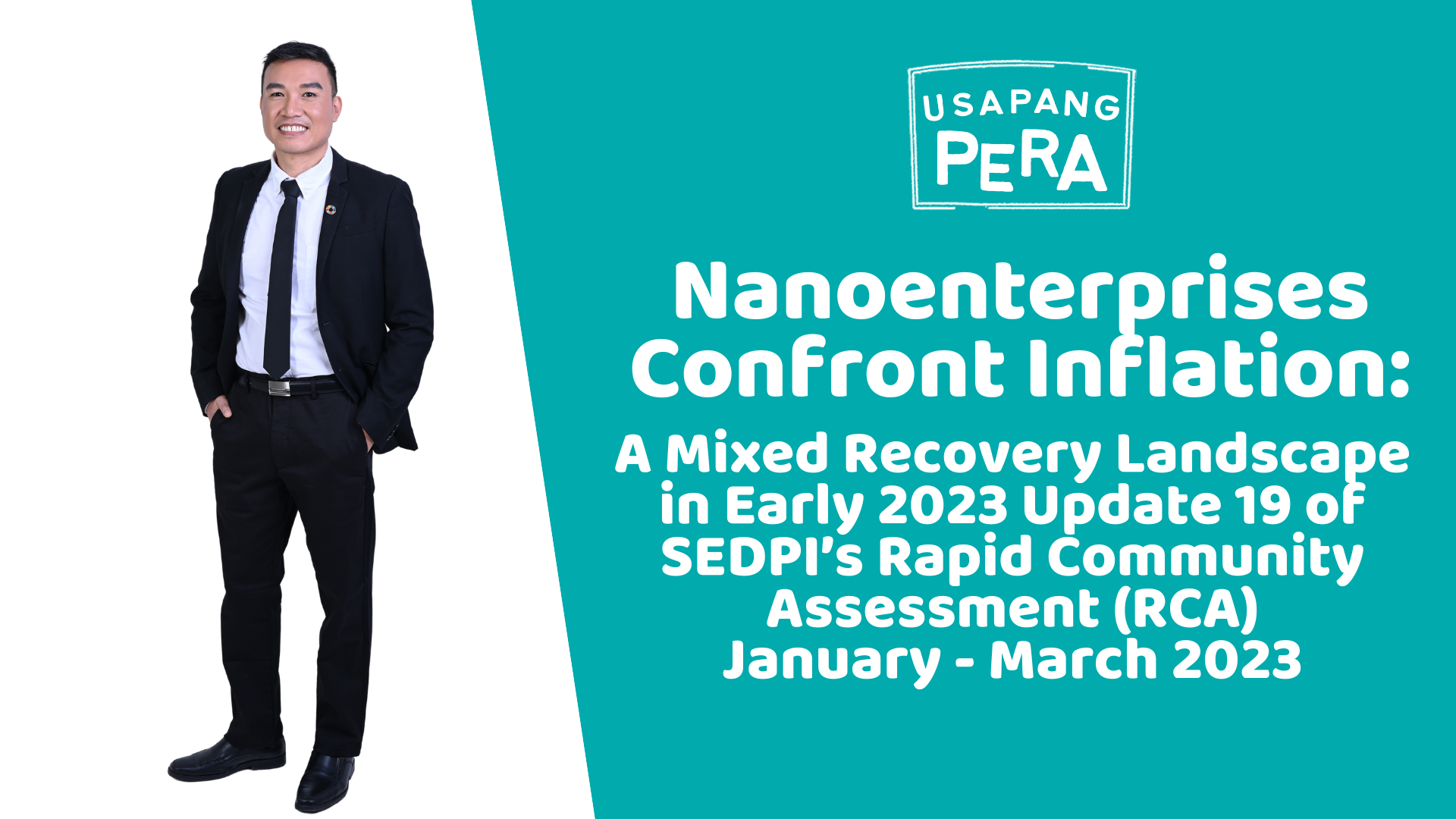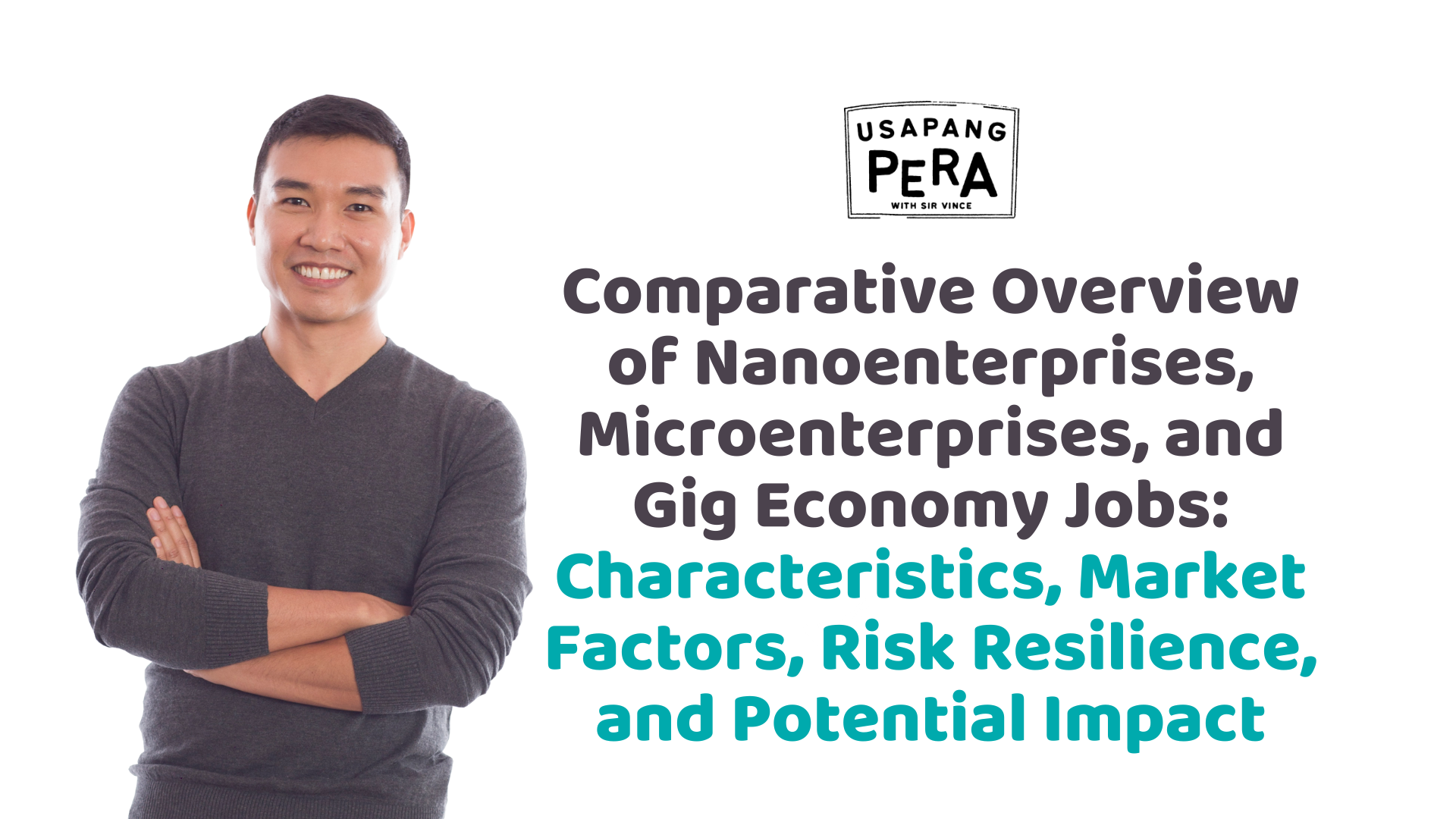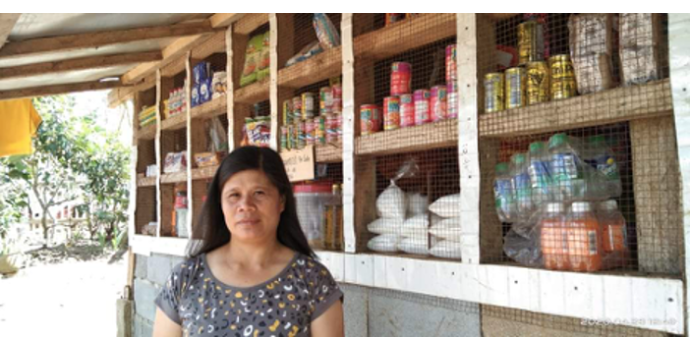Tag: small businesses
-

Nanoenterprises Confront Inflation: A Mixed Recovery Landscape in Early 2023 Update 19 of SEDPI’s Rapid Community Assessment (RCA) January – March 2023
In the first few months of 2023, nanoenterprises continue their journey towards recovery, now facing the added challenge of rising prices. Our latest study at Social Enterprise Development Partnerships, Inc. (SEDPI) provides new insights into how nanoenterprises are doing. Although there are signs of improvement, the issue of inflation is making the recovery process harder…
-
Never Too Small for Hope- Part III (Service Economy)
Federic Caneta / Resident of Cebu City – Furniture Maker The miter saw is silent in Federic Caneta’s workshop. The carpenter has a cabinet and a couple of shelves from commissions that were canceled because of the lockdown. His monthly projects vary with demand, “I make furniture on a custom-made or pre-order basis. Orders would…
-

Never too Small for Hope – Part II (Transport and Logistics)
Image Credit: FreePik Respondent: Jhun Rodriguez / Resident of Quezon City- Tricycle Driver Jhun Rodriquez’s day would start with morning commuters in Quezon City. He is one of 4.5 million drivers across the country who have left their vehicles in garages until quarantine conditions are lifted. Jhun has put a ‘Family Use – Private’ sign on…

